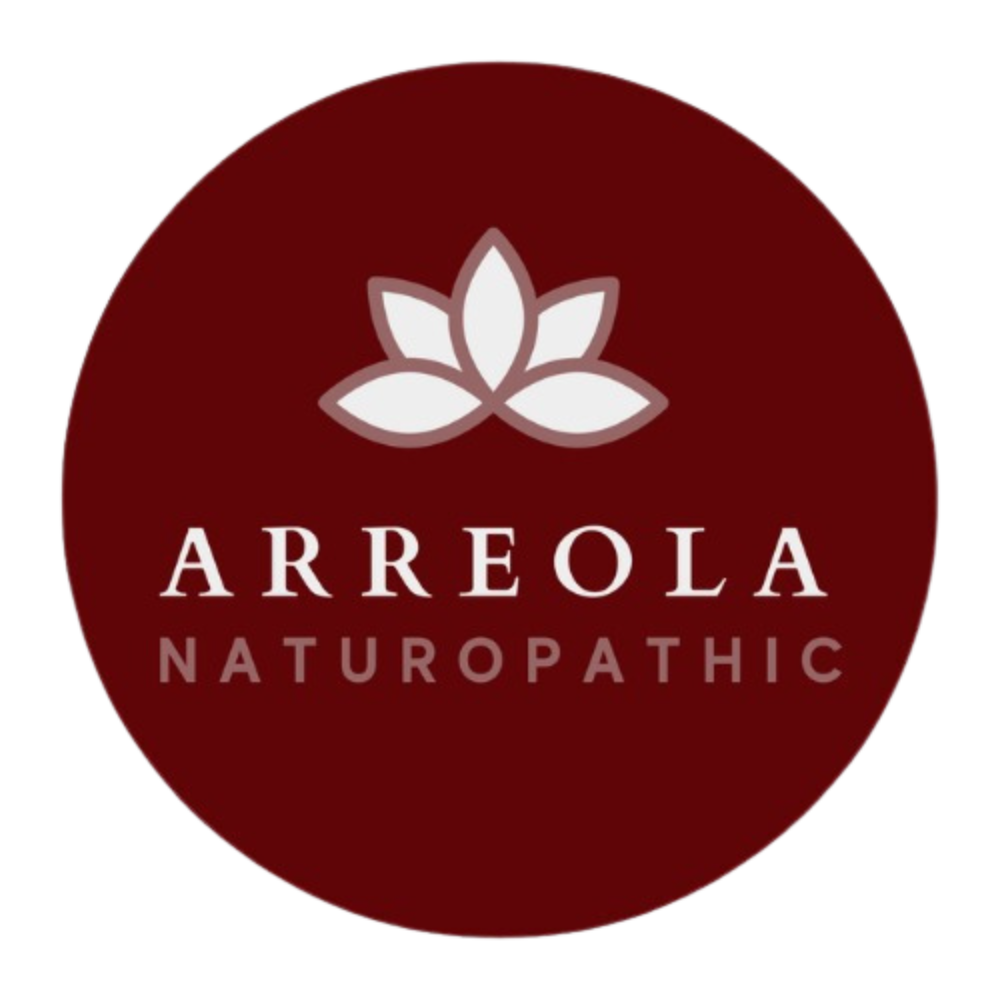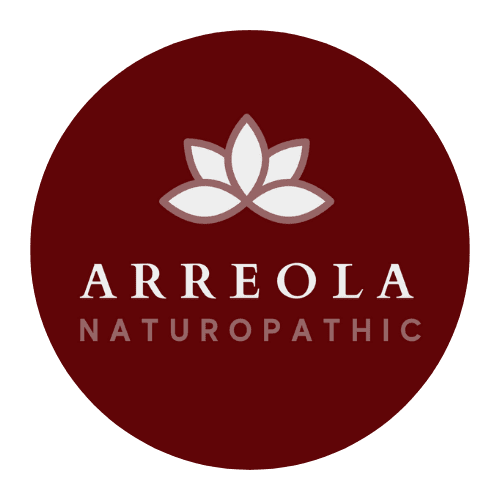
Fire Cider: A Powerful Tonic for Health and Wellness
The Health Benefits of Fire Cider
Fire cider is a potent herbal tonic that has gained popularity in recent years for its numerous health benefits. This invigorating blend of herbs and spices is not only delicious but also packed with immune-boosting and anti-inflammatory properties.
One of the main ingredients in fire cider is apple cider vinegar, which is known for its ability to support digestion and promote a healthy gut. The addition of garlic, ginger, and horseradish provides powerful antimicrobial and anti-inflammatory effects, making fire cider an excellent natural remedy for colds, flu, and respiratory infections.
Fire cider also contains onions, which are rich in antioxidants and can help reduce inflammation in the body. The inclusion of hot peppers, such as jalapenos or cayenne, adds a spicy kick and helps to clear congestion, stimulate circulation, and boost metabolism.
Drinking fire cider regularly can help strengthen the immune system, improve digestion, and promote overall wellness. It is a fantastic natural remedy to incorporate into your daily routine, especially during the colder months when cold and flu season is at its peak.
The History of Fire Cider
The origins of fire cider can be traced back to traditional folk medicine practices. This invigorating tonic has its roots in the United States, particularly in New England, where it was used as a remedy for various ailments.
Fire cider was popularized by herbalist Rosemary Gladstar in the 1970s. She developed her own recipe and began teaching others about the benefits of this herbal tonic. Since then, fire cider has gained a dedicated following and has become a staple in many households.
Over the years, fire cider has evolved, with individuals adding their own twist to the recipe. However, the core ingredients of apple cider vinegar, garlic, ginger, horseradish, onions, and hot peppers remain consistent.
How to Make Fire Cider
Making fire cider at home is a simple and rewarding process. Here’s a basic recipe to get you started:
- 1 cup of organic apple cider vinegar
- 1/4 cup of freshly grated ginger
- 1/4 cup of freshly grated horseradish
- 1/2 cup of chopped onions
- 4 cloves of garlic, crushed
- 2-3 fresh jalapenos or cayenne peppers, chopped
- 1 tablespoon of raw honey (optional – DO NOT USE UNTIL 4 WEEKS HAVE PASSED)
Combine all the ingredients (except honey) in a glass jar and seal it tightly. Allow the mixture to infuse for about four to six weeks, shaking the jar daily to ensure proper blending of flavors.
After the infusion period, strain the liquid using a fine-mesh sieve or cheesecloth, discarding the solids. Transfer the fire cider into a clean glass bottle, mix in the honey, and store it in a cool, dark place. It can be consumed straight or added to salad dressings, marinades, or even used as a natural remedy by taking a tablespoon daily.
Remember, fire cider is a potent tonic, so it’s important to start with small doses and gradually increase as your body becomes accustomed to it. If you are experiencing inflammation of the throat or esophagus, fire cider can be very irritating and is not recommended to consume – proceed with caution.
Try it out
Fire cider is a powerful herbal tonic that offers a wide range of health benefits. From boosting the immune system to aiding digestion, this invigorating blend of herbs and spices is a must-have in your wellness routine. Try making your own fire cider at home and experience the natural healing properties of this ancient remedy.








